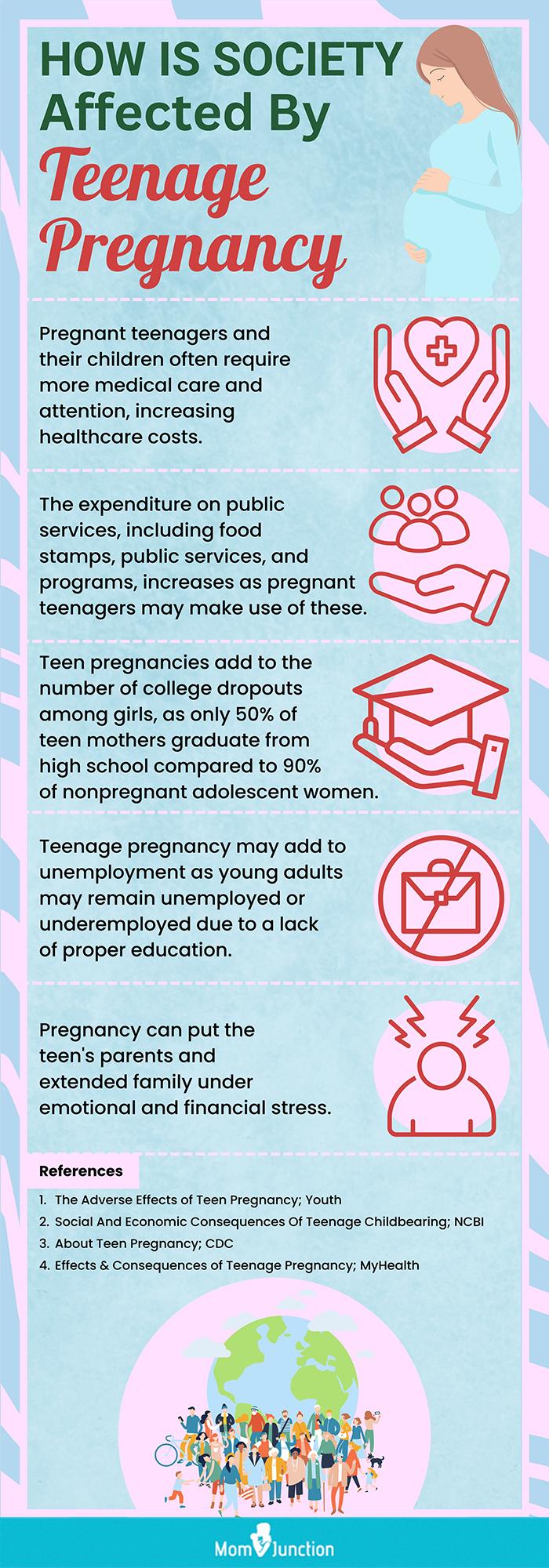
Teen Pregnancy: A Multifaceted Issue with Far-Reaching Consequences
Teen pregnancy, defined as pregnancy in individuals under the age of 20, remains a prevalent concern with significant social, economic, and health implications. This complex issue is influenced by a myriad of factors, ranging from socioeconomic disparities to lack of access to comprehensive sex education. Understanding the multifaceted causes and effects of teen pregnancy is crucial for developing effective interventions and policies aimed at reducing its incidence and mitigating its consequences.
Causes of Teen Pregnancy
1. Socioeconomic Disparities:
Poverty, low educational attainment, and lack of economic opportunities are strongly associated with teen pregnancy. Young people from disadvantaged backgrounds often face limited access to healthcare, education, and support systems, making them more vulnerable to early sexual activity and unintended pregnancies.
2. Lack of Comprehensive Sex Education:
Comprehensive sex education programs provide young people with essential knowledge about reproductive health, contraception, and responsible decision-making. However, many teens lack access to such programs or receive inadequate information, leaving them unprepared for the challenges of sexual activity.
3. Peer Pressure and Social Norms:
Peer pressure and societal norms can influence teens’ sexual behaviors. In some communities, early sexual activity is seen as a rite of passage or a sign of maturity, leading to increased risk-taking among young people.
4. Family Factors:
Family dynamics, such as parental absence, conflict, or lack of support, can contribute to teen pregnancy. Teens from unstable or dysfunctional families may seek emotional connection and validation through sexual relationships.
5. Lack of Access to Contraception:
Limited access to affordable and reliable contraception is a major barrier to preventing teen pregnancy. Young people may face stigma, judgment, or lack of knowledge about contraceptive options, making it difficult for them to protect themselves against unintended pregnancies.
Effects of Teen Pregnancy
1. Health Risks:
Teen mothers and their babies face increased health risks. Teen mothers are more likely to experience premature birth, low birth weight, and other pregnancy complications. Their babies are also at higher risk for developmental delays, health problems, and infant mortality.
2. Educational and Economic Challenges:
Teen pregnancy often disrupts education and career paths. Teen mothers are more likely to drop out of school, have lower educational attainment, and face economic difficulties. They may struggle to find stable employment and provide for their families.
3. Social and Emotional Consequences:
Teen pregnancy can have significant social and emotional consequences. Teen mothers may experience stigma, isolation, and judgment from their peers and communities. They may also face challenges in forming healthy relationships and maintaining their own well-being.
4. Intergenerational Poverty:
Teen pregnancy perpetuates a cycle of poverty. Children born to teen mothers are more likely to grow up in poverty and experience similar challenges to their parents. This intergenerational poverty can have long-lasting effects on individuals and communities.
5. Public Health and Economic Costs:
Teen pregnancy imposes significant costs on society. It contributes to increased healthcare expenses, lost productivity, and social welfare programs. The economic burden of teen pregnancy is estimated to be in the billions of dollars annually.
Addressing Teen Pregnancy
Addressing teen pregnancy requires a multifaceted approach that involves both prevention and support measures.
1. Comprehensive Sex Education:
Providing comprehensive sex education to all young people is essential for reducing teen pregnancy. These programs should cover topics such as reproductive health, contraception, and responsible decision-making.
2. Access to Contraception:
Ensuring access to affordable and reliable contraception is crucial for preventing teen pregnancy. This includes providing free or low-cost contraceptives, eliminating barriers to access, and reducing stigma associated with contraceptive use.
3. Socioeconomic Support:
Addressing the socioeconomic factors that contribute to teen pregnancy is vital. This includes providing support programs for low-income families, improving educational opportunities, and reducing poverty.
4. Family and Community Engagement:
Engaging families and communities in teen pregnancy prevention efforts is essential. Parents and community leaders can play a role in providing support, guidance, and resources to young people.
5. Support for Teen Mothers:
Providing support to teen mothers is crucial for improving their outcomes and breaking the cycle of intergenerational poverty. This includes access to healthcare, education, job training, and social services.
Conclusion
Teen pregnancy is a complex issue with far-reaching consequences for individuals, families, and society as a whole. Understanding the multifaceted causes and effects of teen pregnancy is essential for developing effective interventions and policies aimed at reducing its incidence and mitigating its consequences. By addressing the underlying factors that contribute to teen pregnancy and providing comprehensive support to young people and teen mothers, we can create a society where all young people have the opportunity to reach their full potential.